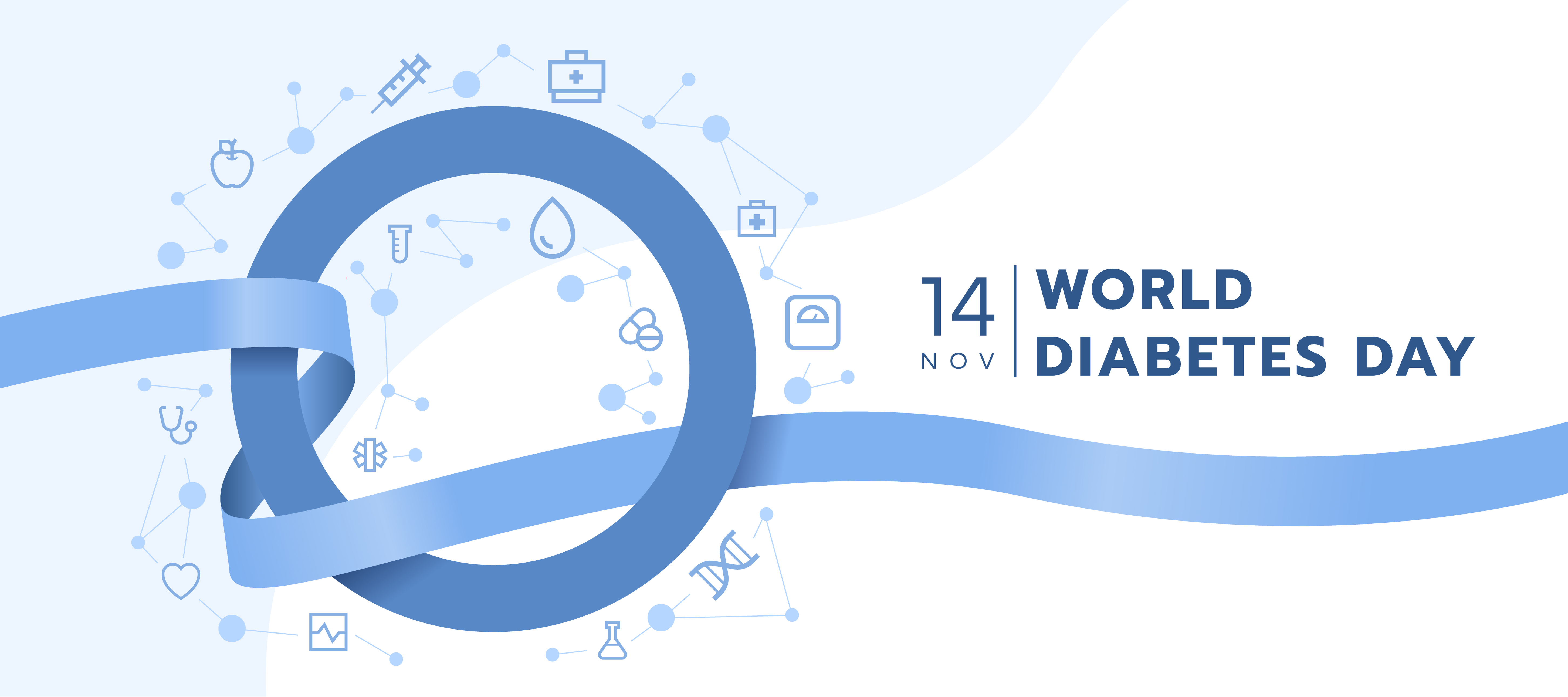- Date Published:
- Category: Kidney & Pancreas
Types of Diabetes

Today is World Diabetes Day! On this day we are committed to bringing awareness to diabetes, an epidemic impacting health on a global level.
Many people are surprised to learn that there are multiple forms of diabetes and may not understand the key difference between each.
Let's learn how each type of diabetes can impact your health and ways to recognize each form.
Diabetes can be classified as type 1, type 2 or gestational. There is also prediabetes.
What is prediabetes?
Prediabetes is as having blood glucose (“blood sugar”) levels that are higher than normal, but are not yet at the level that defines diabetes. Prediabetes often goes undetected because few people experience symptoms.
Prediabetes puts you at a higher risk for developing type 2 diabetes, as well as heart, kidney and nerve damage.
Risk factors for prediabetes:
Chronic overnutrition (consuming more than the body needs)
Poor nutrition
Chronic frequent spikes in blood sugar
Stress
Sedentary lifestyle
Gestational diabetes (women)
What is type 1 diabetes?
In this type of diabetes, the body can’t make insulin which is needed to help sugar (glucose) enter cells for energy. Type 1 diabetes makes up a small percentage of diabetic cases, about 5-10%.
Type 1 diabetes is considered to be an autoimmune disorder. The body’s immune system destroys or attempts to destroy the cells in the pancreas responsible for making insulin.
Most often it appears suddenly in children and young adults, but can develop at any age. Scientists are unsure what causes type 1 diabetes, but genetics, environmental factors and viral infections are associated with the onset of type 1 diabetes. Lifestyle and diet are not associated with type 1 diabetes.
Symptoms of type 1 diabetes:
Abnormal thirst
Frequent urination
Blurred vision
Nausea and vomiting
Extreme weakness and lack of energy
Extreme hunger but loss of weight
Irritability and mood changes
Yeast infections in the groin area
Bedwetting (children)
What is type 2 diabetes?
Type 2 diabetes is the most common type of diabetes. It is a metabolic disorder that is the result of the body’s inability to make enough insulin or properly use insulin. When the body is unable to use insulin effectively, it is called insulin resistance. Insulin resistance leads to the pancreas gradually making less insulin, as in the case with type 1 diabetes.
Risk factors for type 2 diabetes:
- Overweight or obese
Age 35+
Family history
Lack of physical activity
Have prediabetes
Symptoms of type 2 diabetes:
- Increased thirst and urination
Increased hunger
Fatigue
Blurred vision
Numbness or tingling in the feet or hands
Sores that do not heal
Unexplained weight loss
Gestational diabetes
This form of diabetes develops during pregnancy when blood sugar levels get too high (hyperglycemia). Gestational diabetes is caused by hormones from the placenta interfering with the mother’s body from making and using insulin properly. This can lead to pregnancy complications.
Small lifestyle and dietary changes will help manage this condition. Gestational diabetes goes away after the baby is born.
Have questions about diabetes?
If you or a loved one may be at risk for diabetes or simply want to learn more, please contact us to be connected with one of our medical providers.


